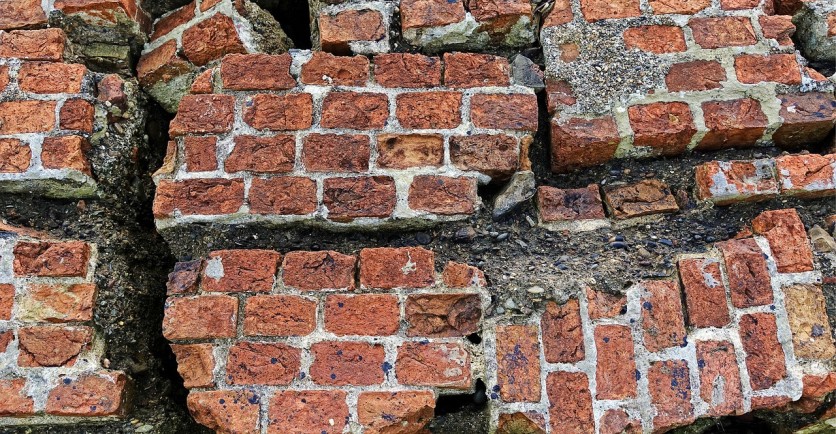
The earthquakes that struck Southern California in July were among the strongest that struck the region in 20 years.
Creeping Along The Garlock Fault
Researchers now say that the tremors and the thousands of aftershocks that followed caused a major fault to move for the first time.
In a new study, researchers warned that the Garlock fault that runs through the Mojave Desert has been moving for the first time as a result of the Ridgecrest earthquakes, which originated along two fault lines nearby.
"The rupture of the mainshock terminated only a few kilometers from the major regional Garlock fault, triggering shallow creep and a substantial earthquake swarm," the researchers wrote in their study, which was published in the journal Science on Oct. 18.
Researchers said that the Garlock fault is capable of producing a magnitude 8 earthquake, albeit it is currently moving at a slow and continuous pace, a phenomenon known as creeping.
Movement Detected By Satellite Radar Imagery
Researchers spotted creeping along the Garlock fault using satellite radar imagery, which can detect movement on the surface of the Earth from space.
Study researcher Zachary Ross, assistant professor of geophysics at Caltech and lead author, said the satellites are sensitive enough to measure the tiniest amounts of deformation in the ground.
"If the path that the radar takes is even slightly different, we can tell," he said.
The 'Big One'
The findings raise concerns for the "Big One,"' an earthquake of magnitude 6.7 or higher feared to occur in California anytime, and which could topple infrastructure and power sources, as well as damage buildings.
According to the United States Geological Survey, there is a 31 percent chance that a 7.5-magnitude quake will strike Los Angeles over the next 30 years.
The recently detected phenomenon does not necessarily translate to disaster. Ross said that the southern end of the San Andreas has often started creeping in response to other earthquakes, but just stops at some point.
Still, California residents are urged to stay prepared. The USGS said they should have ample supply of food, water, and fuel in case an emergency occurs.
ⓒ 2025 TECHTIMES.com All rights reserved. Do not reproduce without permission.




